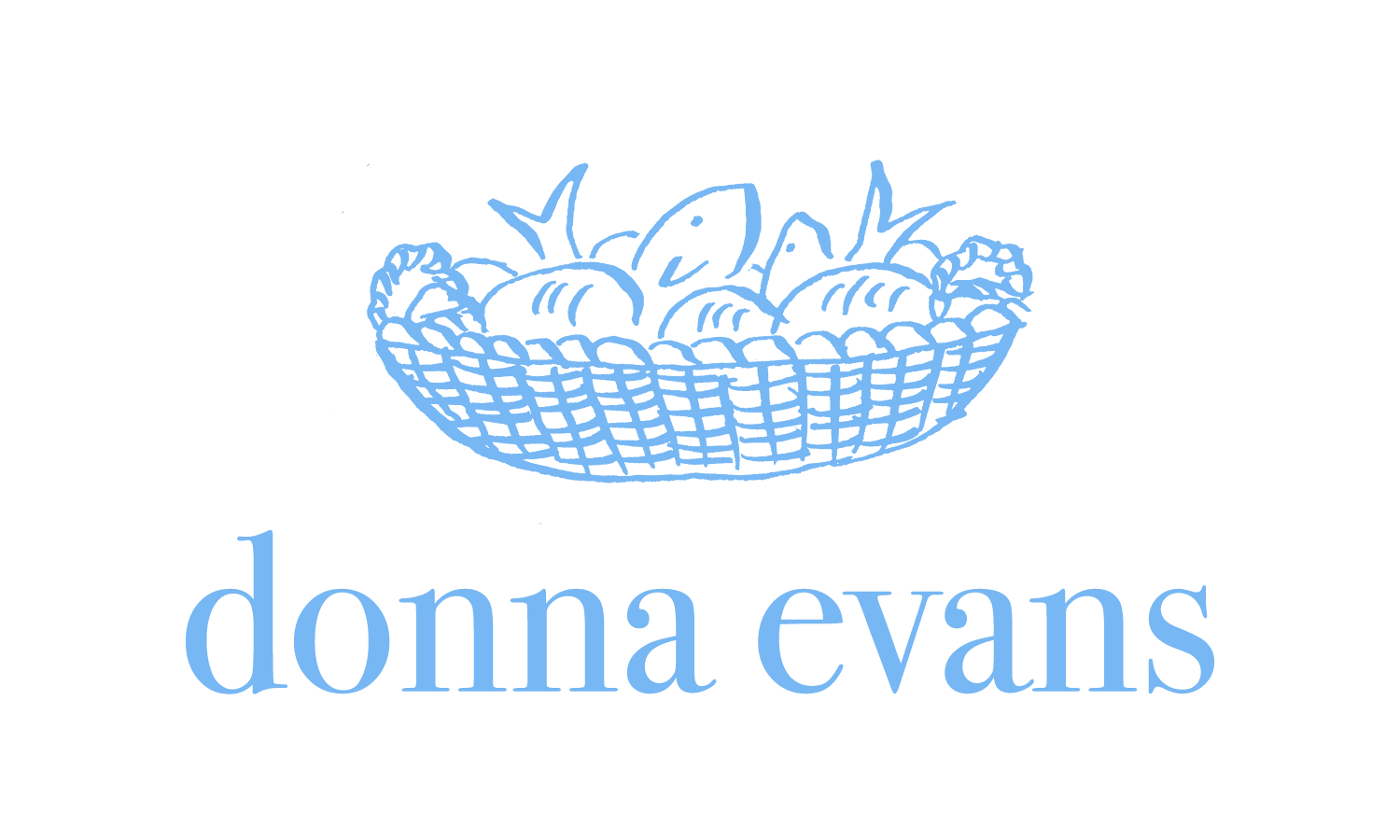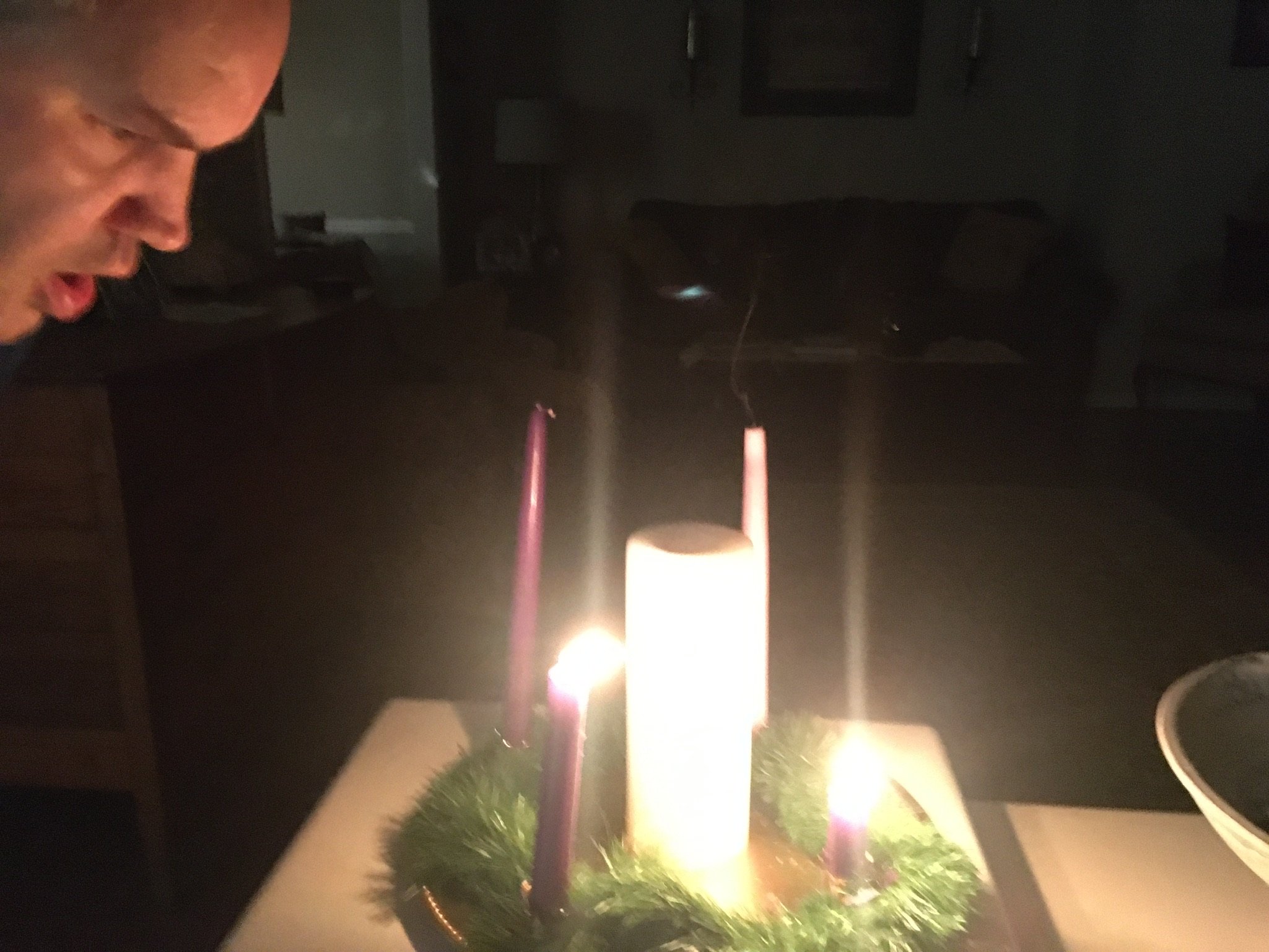Come and Behold!
“Come Lord Jesus!”
Revelation 22:20 (NIV)
40 Years ago, Bruce and I were new parents looking for ways to establish our own family traditions. Some older seasoned parents encouraged us to use an Advent wreath to facilitate our daily family devotionals during the Christmas season. It was some of the best parenting advice we ever received. Typically, we struggled with family devotionals during the rest of the year, but Advent was different. Each night we gathered together in our darkened living room, lit our Advent candles, read a few verses of Scripture (usually while holding wiggly toddlers or pre-schoolers), and sang one or two Advent hymns before closing with a short prayer. Then our kids raced to blow out our Advent candles. With four kids it was always a relief to get to the fourth week of Advent!
The focal prayer of Advent is: "Come, Lord Jesus!" Remembering the yearning of Israel, we prepare to celebrate Messiah’s first coming at Christmas. We also look forward to Christ’s second coming when he comes to consummate his Kingdom.
O Come All Ye Faithful was one of James Bruce’s favorite Christmas carols. Written by John Francis Wade in 1746, this great hymn draws us into the Christmas story recorded in Luke 2.
“When the angels went away from them into heaven, the shepherds said to one another, ‘Let us go over to Bethlehem and see this thing that has happened, which the Lord has made known to us.’” (Luke 2:15)
In this beloved passage, a heavenly host of angels suddenly appear to some lowly shepherds working the night shift outside of Bethlehem. The angels announce the birth of the long-awaited Messiah and joyfully glorify God. Following the angels’ departure, the shepherds decide to go to Bethlehem and see what has happened.
"O Come All Ye Faithful" is a song about Christ’s first coming. But now, the hymn’s invitation is not for the Lord to come to us, but for all of us to come to Him!
O come, all ye faithful,
Joyful and triumphant!
O come ye, O come ye to Bethlehem;
Come and behold him
Born the King of Angels:
O come, let us adore Him,
O come, let us adore Him,
O come, let us adore Him,
Christ the Lord.
The hymn’s second stanza invites us, not just to come and behold, but to join the angelic chorus in singing, worshipping, and glorifying God.
Sing, choirs of angels,
Sing in exultation,
Sing, all ye citizens of Heaven above!
Glory to God
Glory in the highest.
By the third stanza, we have progressively moved with the shepherds from the lonely dark hillsides, to the little town of Bethlehem, and finally now to the newborn Babe lying in the manger. That baby is the long-awaited Messiah, Word of the Father, Son of God & Son of Man, who has not just come TO his people, but has come FOR his people. Jesus has come to save his people from our sins & deliver us from the slavery of sin and the fear of death. We are now invited to celebrate his arrival; worship Christ for Who He is; and give glory to God.
Yea, Lord, we greet thee,
Born this happy morning;
Jesus, to thee be glory given!
Word of the Father,
Now in flesh appearing!
After each verse the chorus is a 3-fold “O come let us adore him” invitation to corporately come and worship Jesus. We serve a Triune God; one God in three Persons, Father, Son & Holy Spirit. Throughout Scripture, the number three is a sacred echo. It is always transformative. Isaiah’s “holy, holy, holy” description of God; Jonah’s three days in the belly of a big fish; Esther’s three day fast & prayer before her petition to the king; and Jesus’ three days in the grave are just a few examples.
O Come All Ye Faithful is not just an invitation for us to come and behold Jesus, however. It is also a glorious affirmation of Who Christ is. He is:
Christ the Lord,
King of the angels,
Word of the Father,
Son of God and
Son of Man.
The shepherds didn’t just come and see Jesus. After they see him, the shepherds quickly go and tell others what they have personally witnessed. Throughout Jesus’ earthly ministry, the “come and see” invitation was extended to all those who were willing to come. After his atoning death and resurrection, Jesus’ new command to all believers is to then “go and tell” the Good News of the Gospel.
How will you come to behold and adore Jesus this Advent season? And who do you need to go and tell the Good News that Jesus saves?







